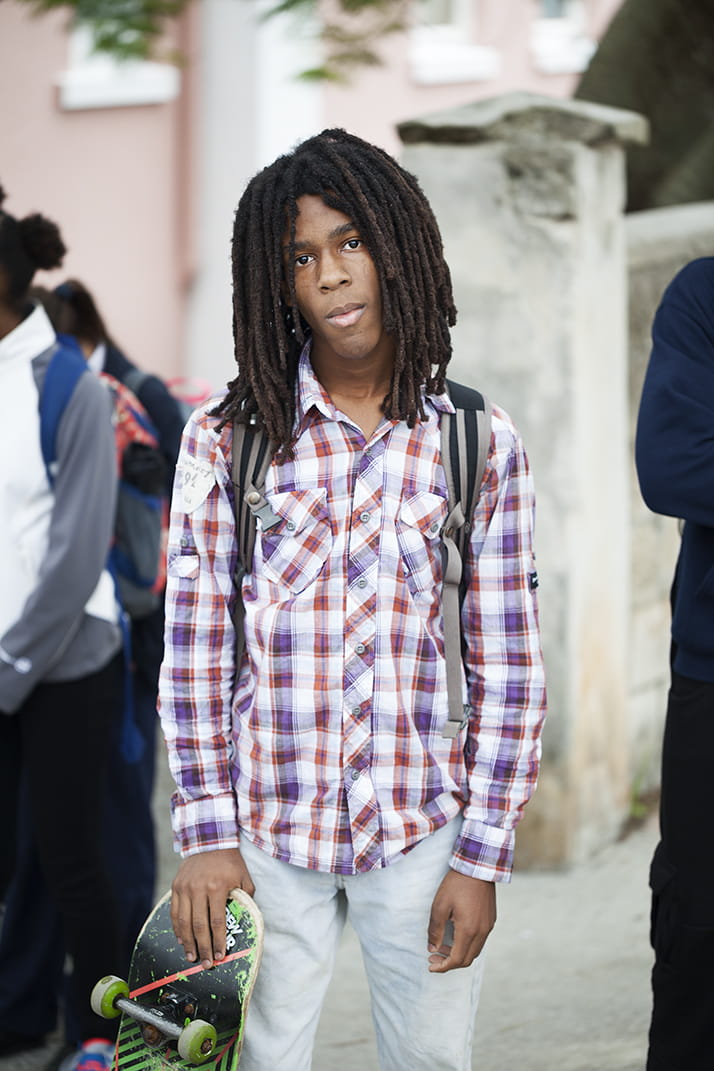An Excess of Possibility - Paul Roth
Debra Friedman’s Bermudian portraits are both true to life—faithful likenesses of teenagers from this idyllic North Atlantic island, photographed in its parishes and villages—and deeply mysterious evocations of metamorphosis. This duality of effect lies at the emotional heart of her aesthetic, a concurrent exploration of surface and depth. Friedman’s portraits of the young are graceful, placid, and purposeful, reverent of her sitters. But they also convey awkwardness, disquietude, emotional turbulence, and indetermination. In the faces and bearing of her subjects, we see something fleeting but universal: the restless passage between childhood and adulthood, a state of transition from the familiar to the unknown.
Friedman has realized portraiture projects depicting children and teenagers throughout her career. Invited to serve an artist’s residency in Bermuda, she found herself drawn to the area’s young men and women, to their distinctive character and beauty. She sought them out as she bicycled around the island, approaching them as prospective collaborators, describing her project, and inviting their participation.

Boys & Girls Brigate, Saint Paul’s Church Hall, Pembroke Parish, 2015

Berkeley Institute Prefect, Hamilton, Pembroke Parish, 2015

Angle Street, Community Center, Pembroke Parish, 2015

Lean-To, North Shore Road, Hamilton Parish, 2015

Bermuda Youth Rugby Practice, National Stadium, Devonshire Parish, 2015

Exam Day, Cedarbridge Acadamy, Pembroke Parish, 2015

Bermuda Heritage Worship Center, Pembroke Parish, 2015

Border, Dellwood Middle School, Pembroke Parish, 2015

Recruit, Bermuda Regiment, Warwick Parish, 2015

Recruit, Bermuda Regiment, Warwick Camp, 2015










